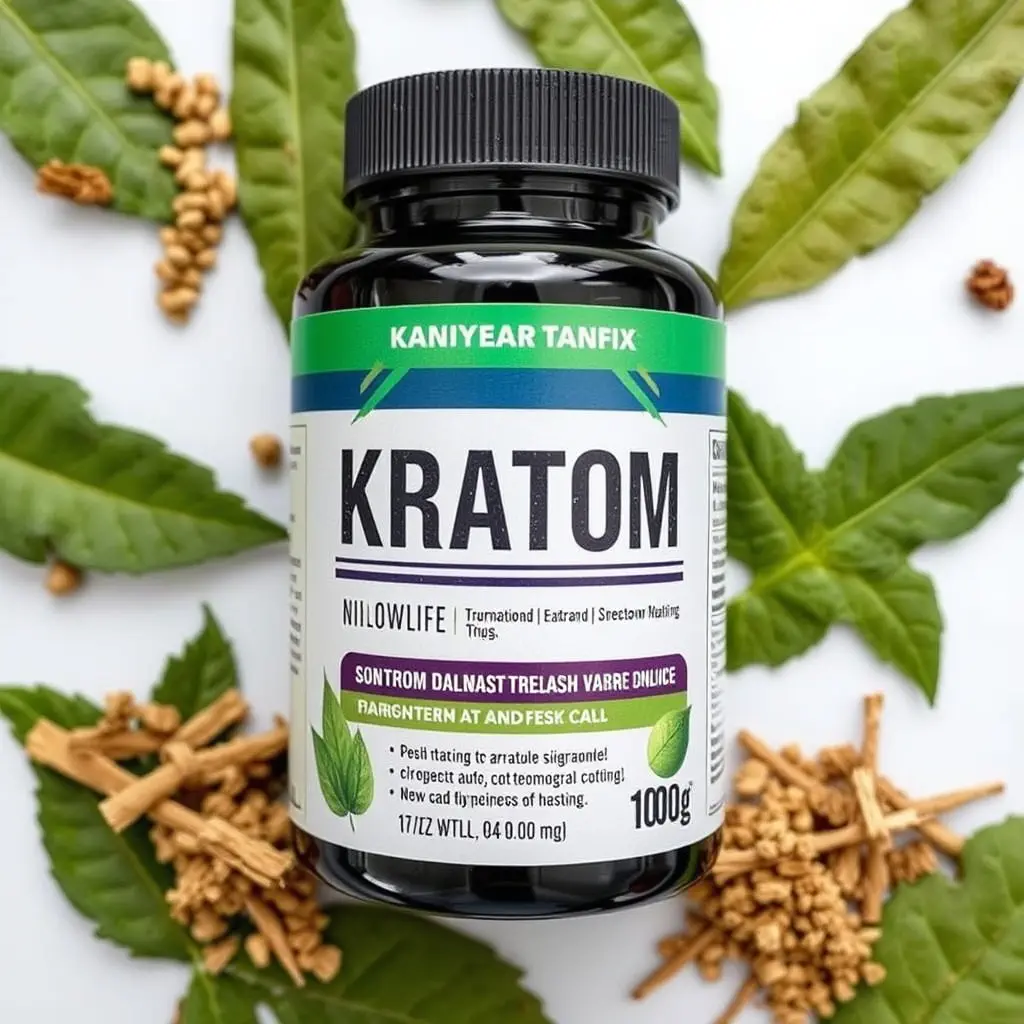Opioid withdrawal is a difficult process marked by intense physical and psychological symptoms. Kratom, or "beetle nut," a natural herb derived from the leaves of the Mitragyna speciosa tree, has gained popularity as an alternative treatment for these symptoms. Studies show it can help with pain relief, mood regulation, and reducing cravings and insomnia, making it potentially effective for managing opioid use disorder. However, kratom should be used under medical supervision, as its effectiveness varies and it may not be suitable for everyone or as a standalone treatment; proper dosage and complementing evidence-based practices are crucial for successful withdrawal management.
“Experience a natural path to managing opioid withdrawal with Kratom, a potent herb gaining traction in alternative medicine. This comprehensive guide delves into the intricate world of opioid withdrawal, highlighting its challenges and exploring Kratom’s potential as a safe, effective solution.
We’ll unravel the science behind this ancient remedy, offering insights into how beetle.nut can alleviate symptoms, provide relief, and support those on their journey to recovery. Discover practical tips for navigation and safety, ensuring a well-informed approach to leveraging Kratom for withdrawal.”
- Understanding Opioid Withdrawal and its Challenges
- What is Kratom and How Can it Help?
- Navigating Safety and Effective Use of Beetle.nut for Withdrawals
Understanding Opioid Withdrawal and its Challenges

Opioid withdrawal is a complex process that occurs when an individual discontinues or reduces their intake of opioids, a class of drugs that includes prescription painkillers, heroin, and synthetic substances like fentanyl. This withdrawal can manifest through a range of physical and psychological symptoms, often described as intense and uncomfortable. The challenges lie in the fact that these symptoms can be both acute and long-lasting, varying greatly from person to person. They may include nausea, vomiting, diarrhea, insomnia, anxiety, depression, and severe cravings for opioids, which can make it incredibly hard for individuals to break free from their dependence.
Kratom, scientifically known as Mitragyna speciosa, has emerged as a potential natural alternative for managing opioid withdrawal symptoms. Often referred to as the “beetle nut,” kratom contains chemicals that interact with opioid receptors in the brain and body, offering pain-relieving and mood-regulating effects. While research is ongoing, many individuals find relief from withdrawal through kratom’s ability to mitigate physical discomfort, reduce cravings, and promote better sleep—all of which are crucial aspects of overcoming an opioid use disorder.
What is Kratom and How Can it Help?

Kratom, derived from the leaves of the Mitragyna speciosa plant, commonly known as the beetle nut tree, has gained attention for its potential in managing opioid withdrawal symptoms. This natural herb is native to Southeast Asia and has been used traditionally for centuries due to its diverse medicinal properties. The primary active compounds in kratom, mitragynine and 7-hydroxymitragynine, interact with the body’s opioid receptors, offering a safe and effective alternative for those seeking to break free from the cycle of opioid addiction.
By mimicking the effects of opioids on the brain, kratom helps alleviate withdrawal pains, including restlessness, anxiety, and insomnia—common challenges faced during opioid discontinuation. Moreover, it stimulates dopamine release, promoting feelings of pleasure and well-being, which can aid in combating cravings and fostering a sense of calm. The use of kratom as a dietary supplement has been growing in popularity, providing hope for individuals looking to achieve long-term recovery from opioid addiction.
Navigating Safety and Effective Use of Beetle.nut for Withdrawals

Navigating the safety and effective use of beetle.nut (Kratom) for opioid withdrawal symptoms requires careful consideration. While some individuals find relief in managing withdrawal side effects, it’s crucial to remember that Kratom is not a cure-all solution. Its effectiveness varies from person to person, and using it as a standalone treatment can be risky. It’s essential to consult with healthcare professionals before incorporating beetle.nut into your withdrawal plan, especially if you have any pre-existing health conditions or are taking other medications.
Proper dosage and usage are paramount. Starting with lower doses and gradually increasing can help mitigate potential side effects. Consistency in intake is also key; maintaining a regular schedule can aid in managing cravings and withdrawal symptoms more effectively. Remember, beetle.nut should complement, not replace, evidence-based treatments for opioid addiction. Always monitor your progress and be prepared to seek alternative support if needed.
Kratom, or Mitragyna speciosa, often referred to as beetle.nut, has emerged as a potential natural alternative for managing opioid withdrawal symptoms. By understanding both opioid withdrawal and the benefits of kratom, individuals seeking recovery can make informed decisions about their treatment options. While more research is needed, navigating safety and effective use under professional guidance offers hope for those looking to overcome addiction. Beetle.nut could be a game-changer in providing relief and supporting a smoother transition to sobriety.






